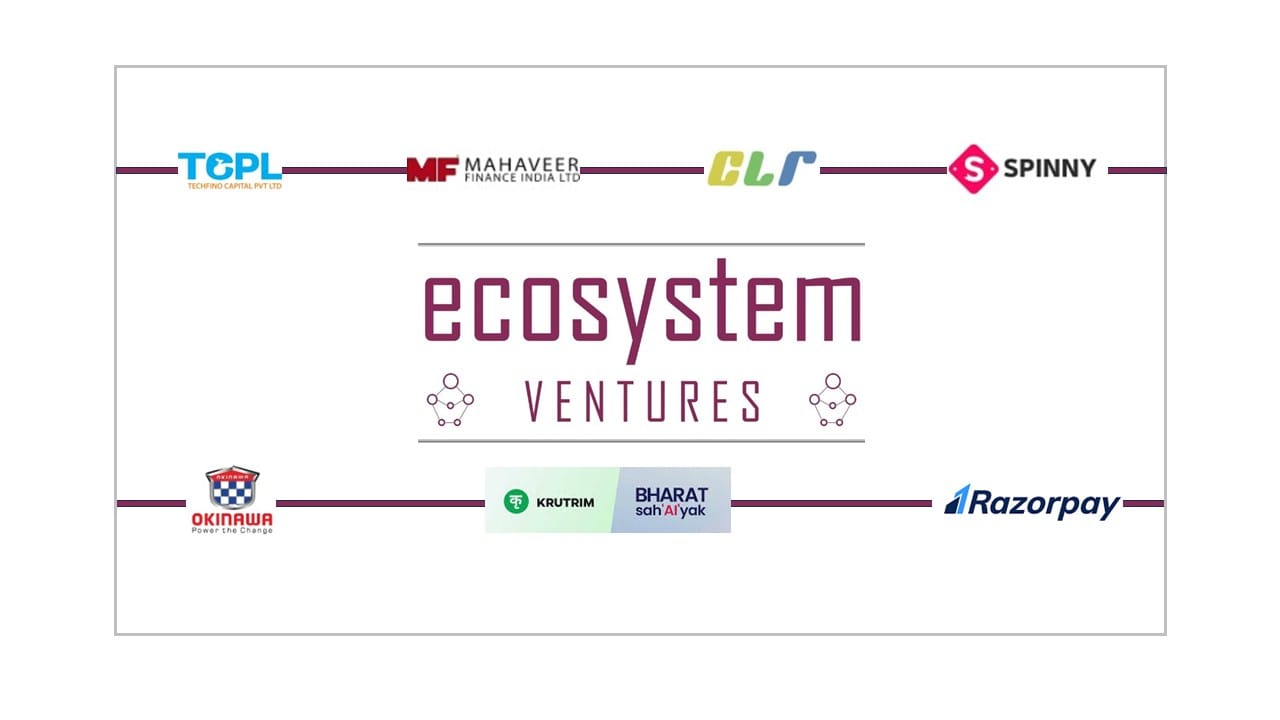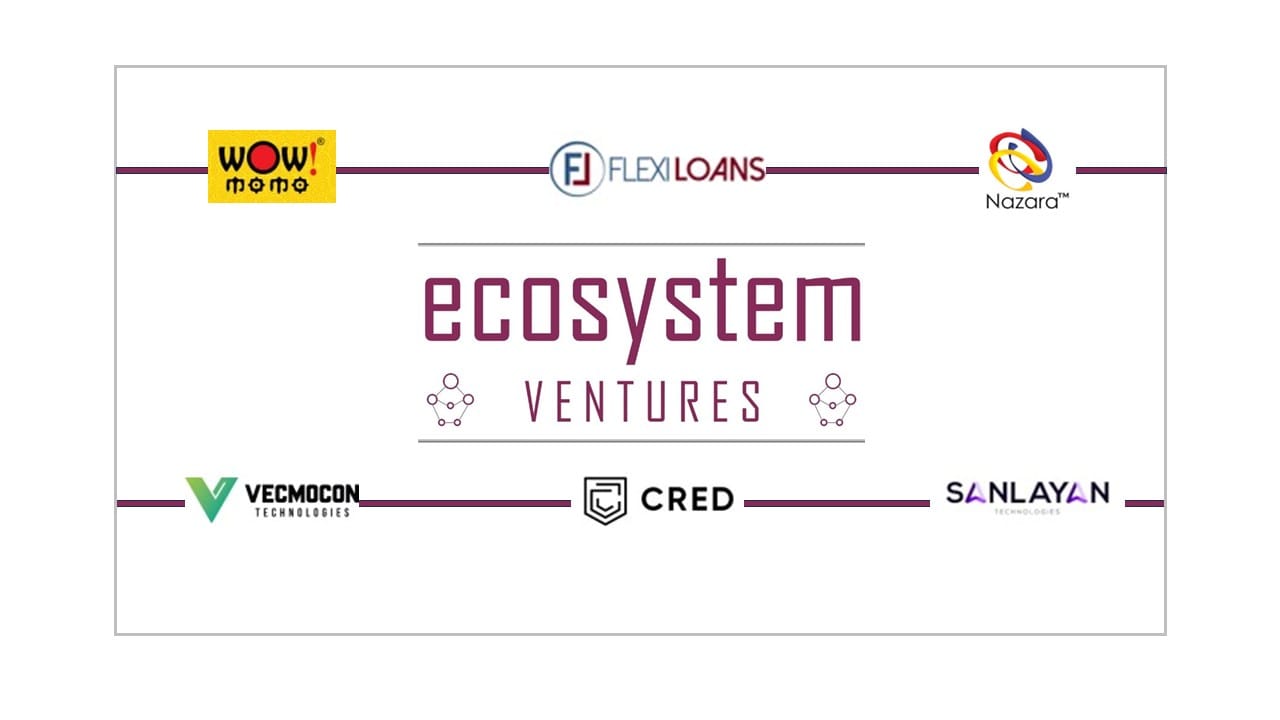Common Deal Killers in IT M&A—and How to Avoid Them
When it comes to selling or acquiring an IT services company, conversations often focus on the headline figures, valuation multiples, growth projections, and the much-talked-about “strategic fit.” But anyone who has navigated an M&A process knows the truth: deals rarely fall apart because of price alone.
More often, they unravel because of misaligned expectations, hidden issues, and avoidable missteps.
After years of watching transactions across the IT services sector — from boutique cloud consultancies in India to managed service providers in the U.S. — We’ve noticed certain patterns. The encouraging reality is that most of these deal killers can be anticipated and, with the right preparation, prevented entirely
1️. Misaligned Valuation Expectations
Let’s start with the elephant in the room—valuation.
A founder might hear that “AI services firms are selling at 6x revenue” and assume their 15-person development shop will attract the same. On the other side, buyers may expect a bargain-basement price because they think smaller firms should sell at a discount.
This leads to an impasse before any substantive discussion can commence.
How to avoid this:
- For sellers: Get an objective valuation from a third party—one that considers your revenue mix, client stickiness, IP (if any), and margins.
- For buyers: Understand sector benchmarks but also evaluate the “intangibles”—culture, niche expertise, geography—that might justify paying a premium.
A realistic middle ground sets the tone for a constructive negotiation.
2. Weak Financial Controls and Documentation
Poor bookkeeping, mingled personal expenses, and missing contracts are surprisingly common in small IT firms. For acquirers, these issues don’t just complicate diligence—they raise red flags about overall governance.
How to avoid this:
- Sellers: Invest in cleaning up financials at least 12–18 months before you plan to sell. Proper P&L statements, signed client agreements, and accurate tax filings are non-negotiable.
- Buyers: Build in a diligence period that allows for discovery—sometimes “messy” doesn’t mean “malicious,” but you’ll need time to untangle it.
3. Excessive Client Concentration
When 60–70% of revenue relies on one or two clients, buyers perceive it as a risk. If that client leaves after the transaction, the value can diminish overnight.
How to avoid this:
- For sellers: Start diversifying revenue sources early. Even adding a few mid-sized accounts can make your firm more attractive.
- For buyers: Ask for client transition commitments or retention clauses to mitigate risk.
4. Cultural Misalignment
One important truth that many M&A articles overlook is that company culture often derails deals more frequently than financial statements do. For example, a small Salesforce consulting firm with 25 employees in Hyderabad may have a very different working style compared to a managed services provider with 500 employees in Chicago. If the integration process feels forced or, even worse, impossible, both teams are likely to disengage before the deal is finalised.
How to avoid this:
- For sellers: Be honest about your company’s DNA. If you value flexibility over process, say so.
- For buyers: Spend time with the founder and team before the LOI. A few informal interactions can reveal more about cultural fit than any presentation deck.
5. Diligence Surprises and Hidden Liabilities
Nothing can undermine trust quite like unexpected issues that arise during due diligence. This could involve an ongoing legal dispute with a former employee, a pending tax liability, or even something seemingly minor, like an expired software license, which could escalate into compliance problems.
How to Avoid Issues:
- For Sellers: Be transparent from the beginning, even if it involves sharing uncomfortable details. Serious buyers appreciate honesty; it’s hiding information that raises red flags.
- For Buyers: When structuring the deal, include protections such as escrows or indemnities. However, refrain from using every minor issue as a reason to renegotiate.
6. Absence of a Post-Merger Integration Plan
When neither side clarifies what happens post-close, retention of leadership, client handover, branding, uncertainty creeps in and causes last-minute hesitation.
How to address it:
- Both parties should co-create a high-level integration roadmap early to ensure alignment.
7. Overcomplicating the Deal Structure
Earn-outs, deferred payments, and equity swaps are standard tools, but when layered excessively, they create confusion and distrust
How to address it:
- Keep structures as simple and measurable as possible, with clear performance triggers for any contingent payouts.
Conclusion: Protecting Deal Value Through Preparation and Alignment
Most M&A deals don’t fail because buyer and seller are fundamentally mismatched; they fail because the process was mishandled.
For small IT services companies, where client relationships and team culture are as valuable as revenue, preventing these deal killers is the difference between closing a transaction and watching one unravel.
Whether you are preparing for an exit or evaluating an acquisition, clarity, transparency, and early alignment matter more than anything else. At Ecosystem Ventures, we help founders and buyers navigate these complexities so the right deals don’t just get signed—they succeed.









_(1).png)

